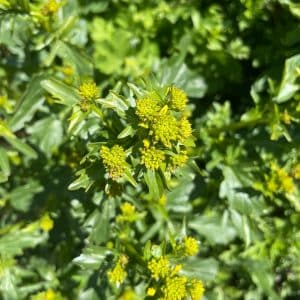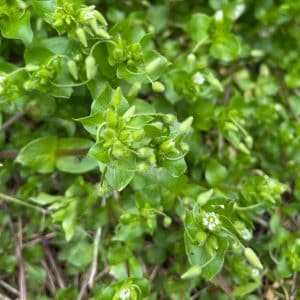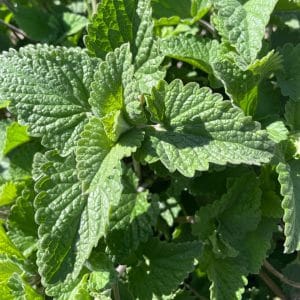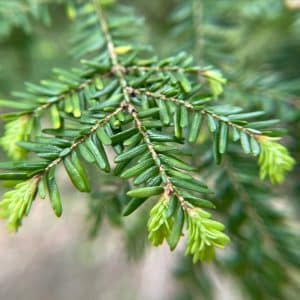Fly agaric (Amanita muscaria) is the epitome of a forest mushroom. Ask any individual to draw or describe a mushroom, and the fly agaric, with its bright red cap flecked with white, is what will often spring to mind. It has a striking look that has been etched into popular culture through fairytales of enchanted forests and stories of magic. Whilst its image is extremely recognizable, in reality, very little is widely known about this species. Colloquial names have firmly planted themselves in our minds, with terms such as ‘fairy toadstool’, being more widely recognized than fly agaric.
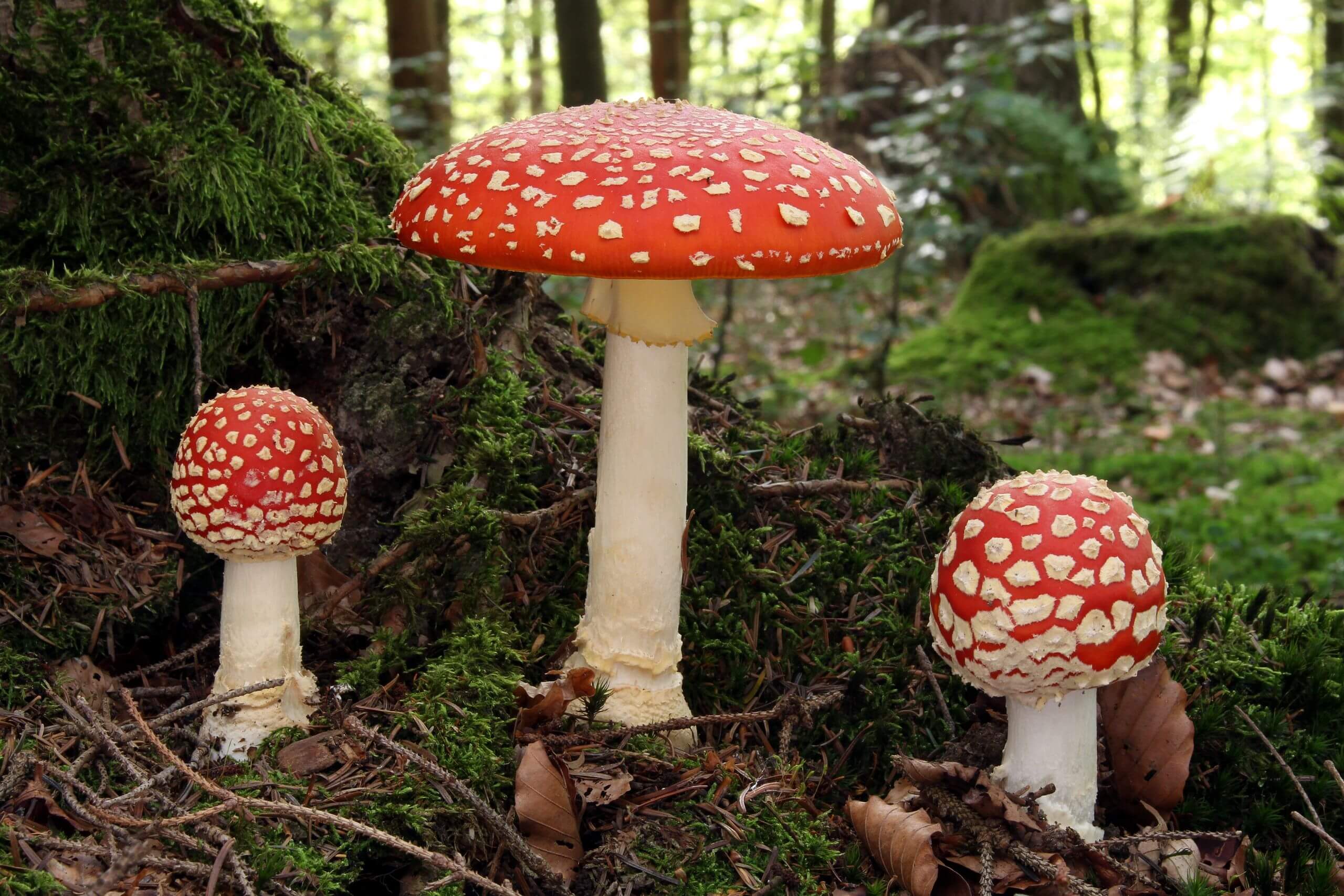
You’ll find fly agaric growing throughout many temperate forests and woodlands in the Northern hemisphere. The Amanita muscaria is believed to have originated in the forests of Europe, however, as with many plant species with a deep cultural past, the species has been introduced into many countries throughout the world, as it was traded as a food, medicine, and entheogen. They are now common inhabitants of the boreal forests all around the world. You’ll most likely find them in conifer forests, as studies have shown a slight symbiotic relationship between certain conifers and fly agarics. However, they’re a common find in deciduous forests too.
The North American Variety
Whilst the bright red fly agaric (Amanita muscaria) often steals the show, an American native variety known as the American Yellow fly agaric (Amanita muscaria var. guessowii) also sits within similar habitats. This variety exhibits a slightly more muted appearance, with a yellow/orange cap when fully developed. It is particularly prevalent in the Northeast where the temperate forests provide a stable habitat.
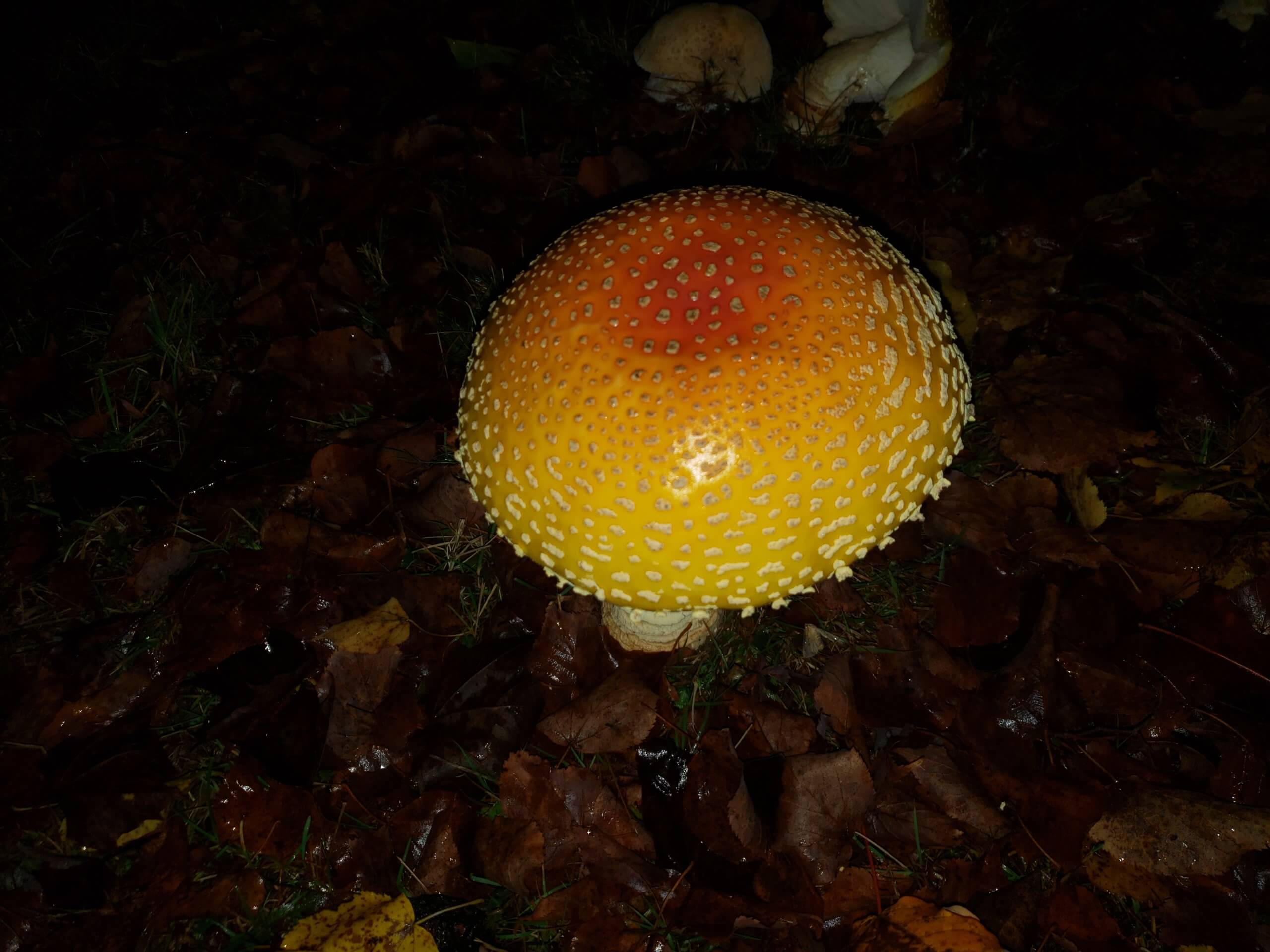
Both varieties are similar in size, with a maximum height of approximately 30cm and the cap (when fully formed) with a diameter of between 5 to 20cm. The main distinguishing factor is their coloring, however, young fruiting bodies of the non-native fly agaric can have a similar appearance to the American Yellow variety while developing into their full red coloring. Both varieties bear great resemblances to each other in terms of habitat and development cycle and can be found in relatively large clumps.
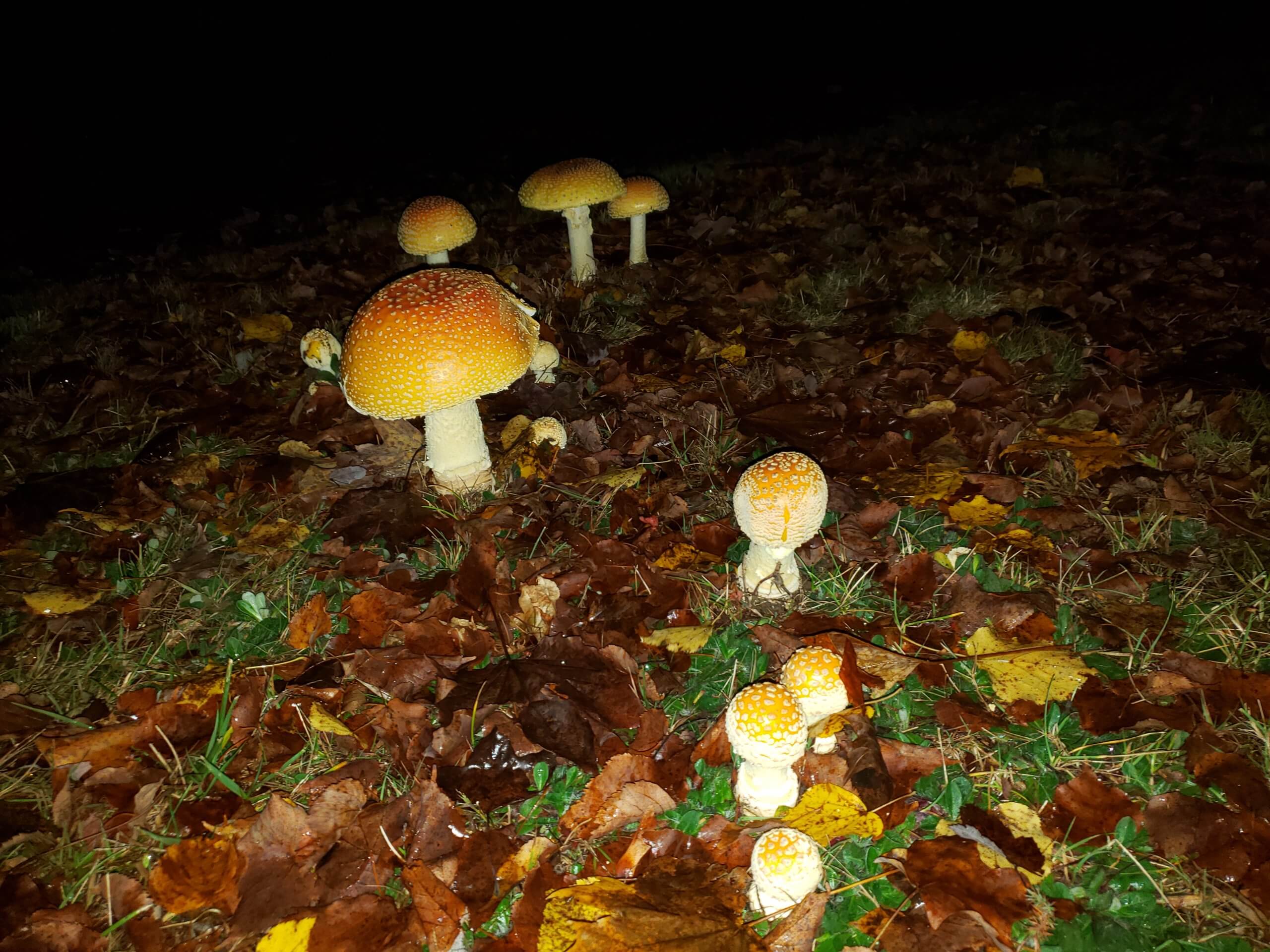
Foraging and Warnings
The striking colors of fly agaric make them easy to spot, however the first thing to take into account is your ability to clearly identify wild mushroom species. There are extremely deadly look-a-likes and people die every year in the US by harvesting and ingesting toxic mushrooms.
The Amanita genus is extremely broad, and it happens to contain a selection of extremely deadly mushrooms, with which any form of preparation cannot remove the toxins. Within the list are two of the most deadly: Destroying Angel (known as Amanita bisporigera in the Eastern States and Amanita ocreata in the western States) and death cap (Amanita phalloides), each bearing names which speak for themselves. Fly agaric mushrooms can be misidentified, therefore, extremely careful identification is needed before proceeding with foraging or attempting to prepare fly agaric mushrooms. The chemicals within these deadly varieties are known as amatoxins, and consumption can prove fatal with even the smallest doses.
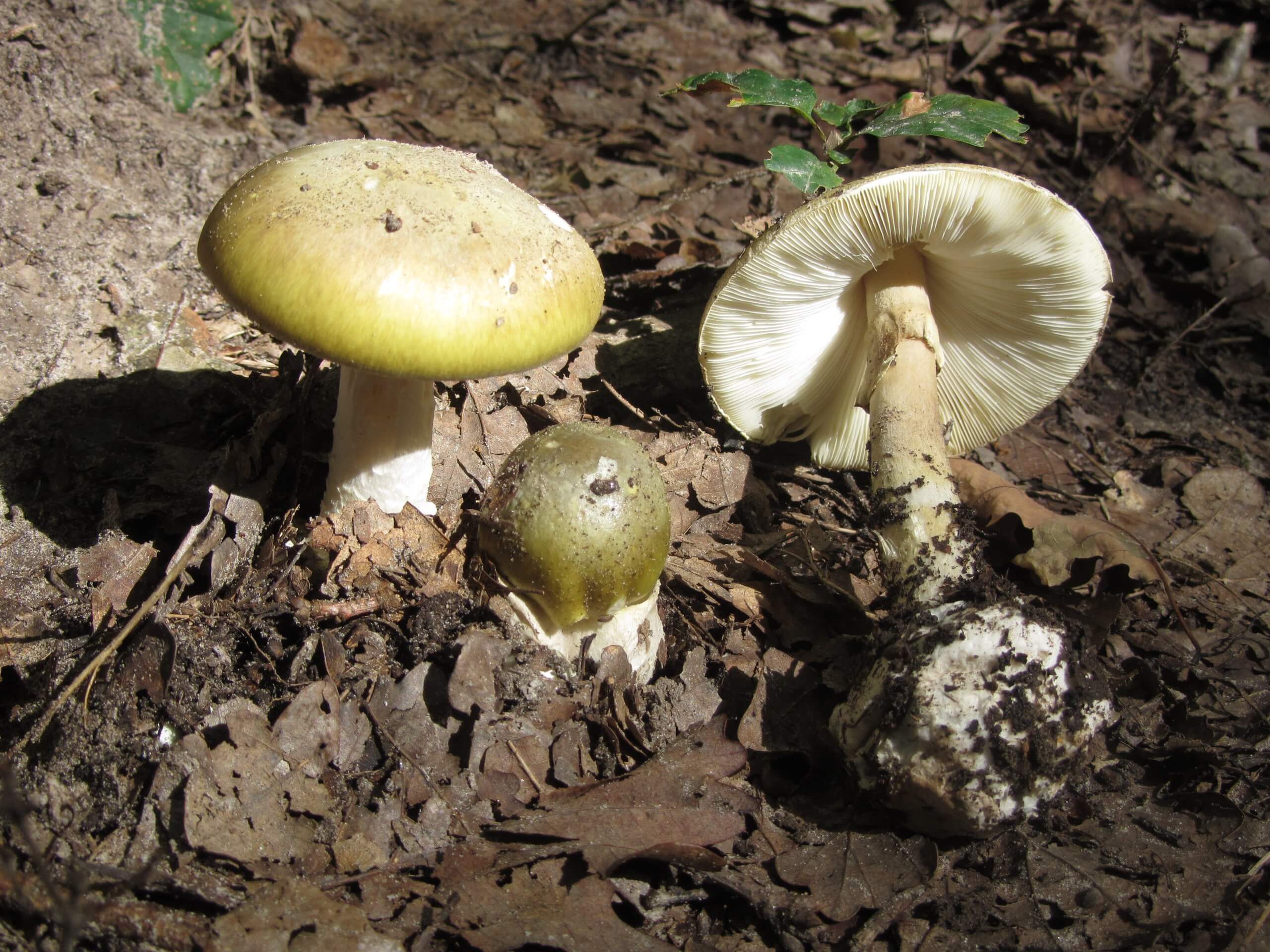
Edibility and Important Cautions
Fly agaric has toxins, however, with careful preparation, these properties and effects can be mitigated and mostly removed. Their toxins are water-soluble, so unlike the deadly amatoxins found in destroying angel and death cap, the toxins in fly agaric can be removed.
It is outside the scope of this article to focus on methods of removing and breaking down toxins such as ibotenic acid found in fly agaric mushrooms. Although many of these methods can be found online and if you’re interested in this process we recommend finding a source with extensive knowledge and experience in doing so.
As a worldwide species fly agaric has been prepared and consumed within many different cultures. In Japan, it is often pickled, and within Siberia and Russia it was usually boiled and eaten, whilst the boiled water was sometimes drunk as a means to become ‘drunk’, ’high’ or to inhibit fear.
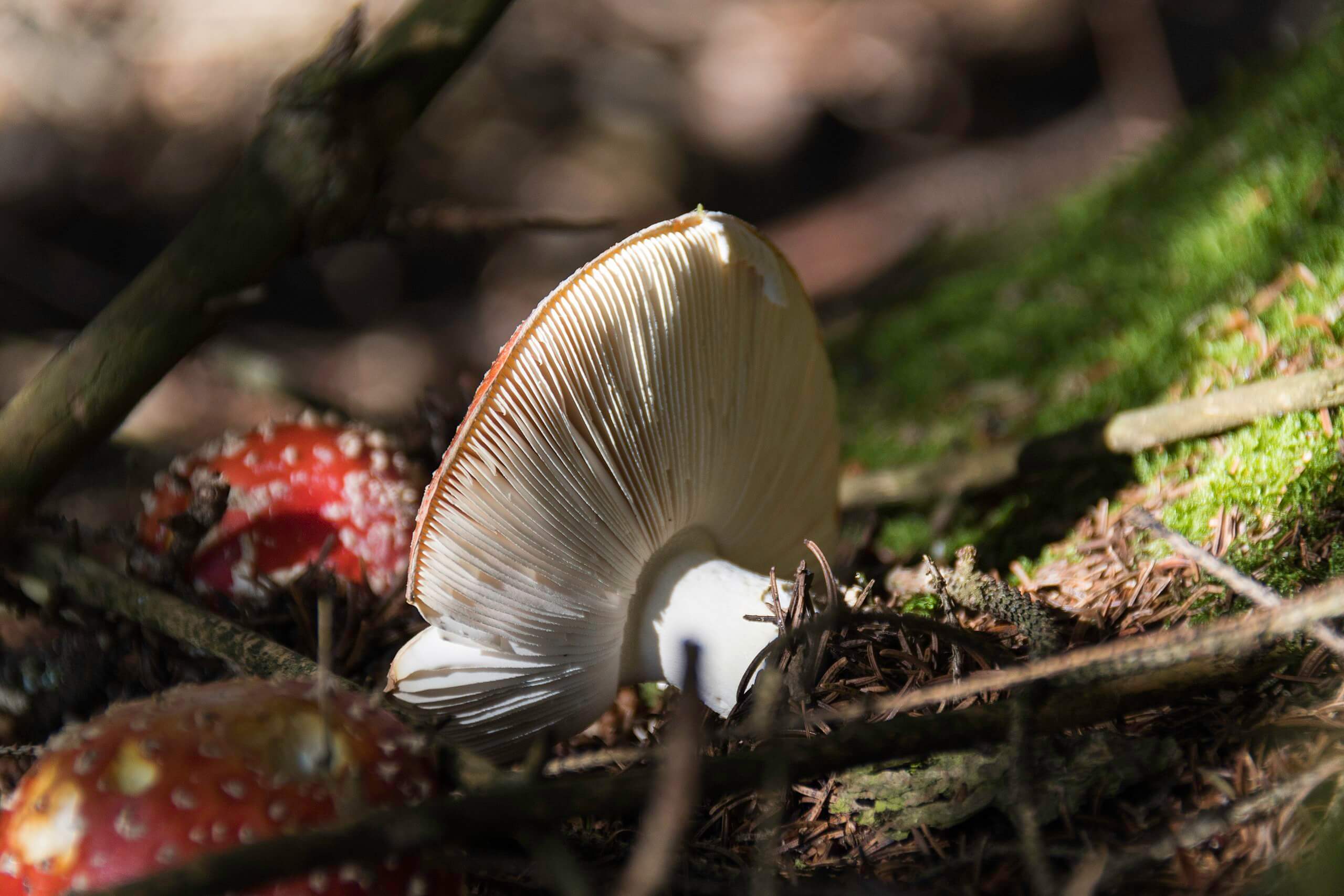
Cultural Significance
Appearing in fantasy stories and myths, even today, the fly agaric species is an icon in popular culture. Generally, it’s the brighter Amanita muscaria that makes a visual appearance, its bright red and white coloring providing a more enchanting contrast in paintings, films, and even jewelry.
One particularly famous instance of the fly agaric mushroom is within the book and eventual films of ‘Alice in Wonderland’. After consuming a forest mushroom, Alice appears to change size within her surroundings, which is a hint towards the psychoactive properties of fly agaric which can alter perception. Another incredibly popular instance from where you might recognize fly agaric, is as a stylized version in the popular ‘Mario’ games from Nintendo.
Fly agaric and its varieties have also been commonly used as a hallucinogenic, and are even still in use today within certain modern subcultures.
The rich history of Fly Agarics
The history of the fly agaric toadstools is as culturally rich as fairytale stories suggest. As a prolific species of mushroom throughout many temperate regions of the world, with each region bearing its own variety, it has a part within many varied cultures. Its psychoactive components are largely responsible for its widespread usage.
Research indicates that fly agaric mushrooms had a place within shamanic rituals throughout parts of Eurasia (particularly Siberia), whilst some native American groups also used the mushroom as a means to seek divine guidance, through consuming and experiencing its psychoactive properties.
Surprisingly, links have been made to fly agaric mushrooms partly inspiring the story of Santa Claus. Shamans of the Sami people, often wearers of fur-trimmed coats, would enter through the smoke hole within the roof of a yurt. They would hand out dried fly agaric, before leaving the same way. This bears many similarities to the myth of Santa Claus, climbing through chimneys, though of course, many other cultures have certain links to the legend of Santa Claus.
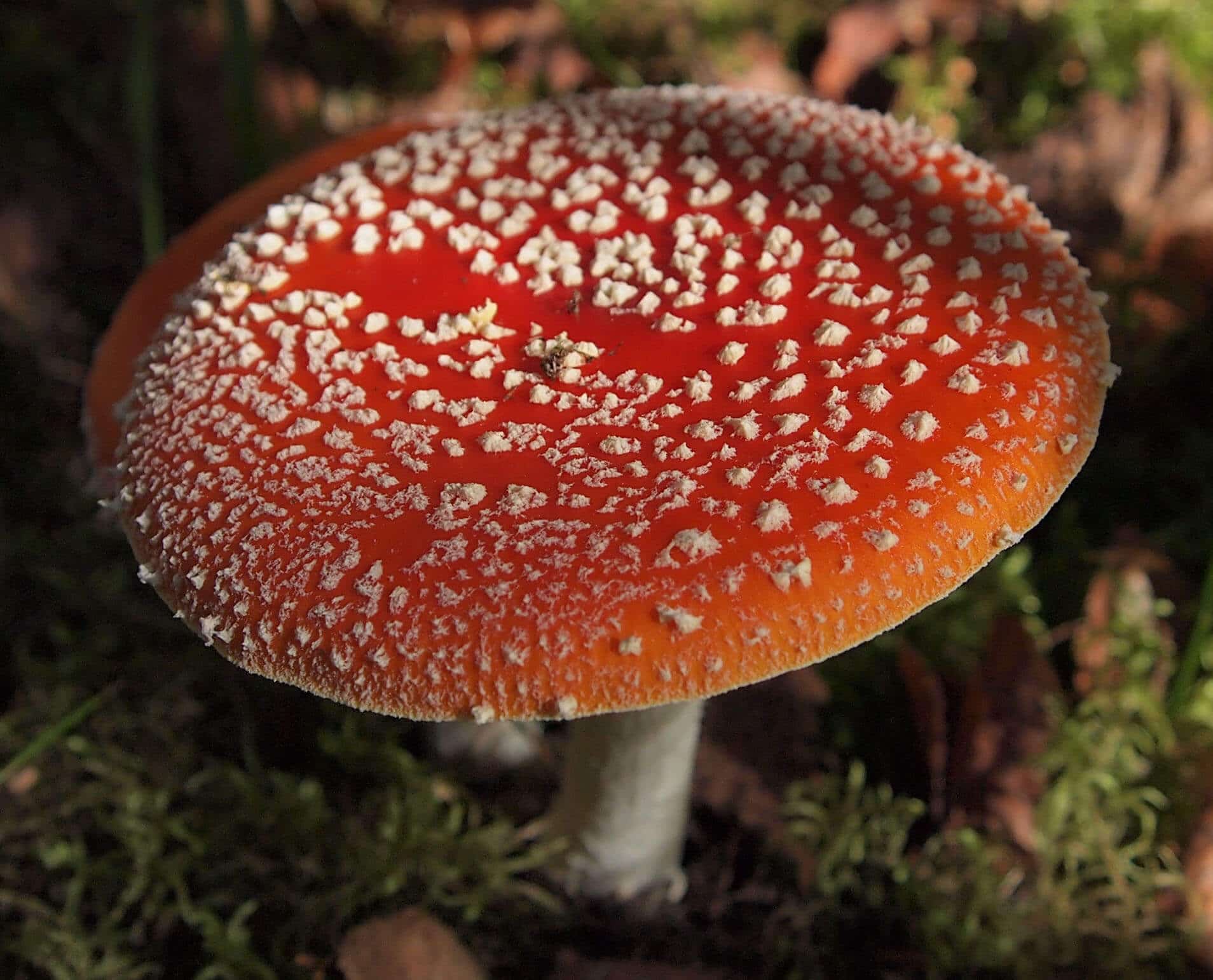
Did you know…
The name fly agaric is thought to have roots in its use as a fly poison, of sorts. The mushroom was crushed and placed within a dish of milk, attracting any unwanted flies and stupefying them.
To Conclude
Fly agaric is an enchanting species to spot whilst out walking or hiking in woodlands, forests, and parks. Their flushed colors contrast beautifully with the colors of the late summer and autumn landscapes. Whether you choose to forage them or not, they are still an incredibly iconic and fascinating species to stumble across.
—————Written by Hannah Sweet
Hannah is a freelance writer and graphic designer from the UK. With a penchant for travelling, photography and all things botanical, she enjoys writing about a wealth of topics and issues, from conservation and slow living, to design and travel. Learn more about her writing and design services at www.sweetmeanders.co
Many of our readers find that subscribing to Eat The Planet is the best way to make sure they don't miss any of our valuable information about wild edibles.
See our privacy policy for more information about ads on this site

